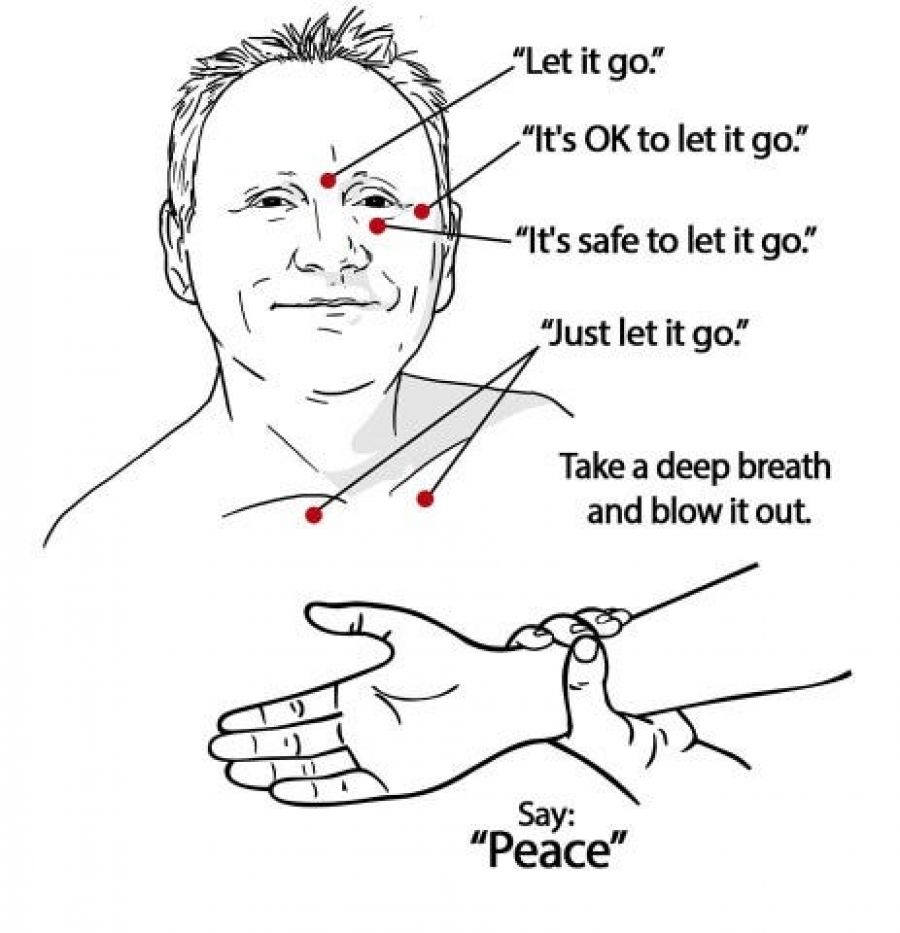Disclaimer: The information on this website is not a substitute for medical or psychological treatment. The content is based on personal practice and emotional work methods, not medical advice. If you are experiencing serious physical or mental health issues, please seek professional help from a qualified doctor or therapist. Emotional work is individual and results may vary.
First, we need to recognize a fundamental fact: when it comes to our health and emotional state, things don’t “just happen.”
You don’t simply wake up one morning with back pain that lasts for years. It can happen, but never without a cause.
To “earn” chronic or seemingly incurable conditions often takes years of consistent effort—just not the kind we want.
Consistent Effort… Toward Illness?
Yes. Anything that shows up in your life is a result. None of us is fundamentally “broken.” We’re doing things that carry consequences. If we do good things and feel good while doing them, we get positive outcomes. But if we keep doing things that don’t feel good—month after month, year after year—then results appear that we don’t really appreciate.
If we talk about mental and emotional topics, a powerful example is a panic attack. I mention it because lately it’s the most common reason people visit and write to me.
People feel something terrible has struck them—something they didn’t “deserve.” In truth, it isn’t as terrible as it seems—and they have, unknowingly, been building toward it for quite a while.
Perhaps you know that feeling when something suddenly tightens in your body (often near the heart) just because you ran into someone from your past with whom things are unresolved. The same can happen when we replay unpleasant memories—or, more often, when we worry about a future event we don’t like.
In such moments, one day, you’re minding your business and—bam. The sensation appears out of nowhere. With no obvious trigger, it doesn’t quickly fade, and you’re stuck in anxiety for minutes—sometimes hours.
The most effective solution is to change each memory of each attack so you lose the ability to generate those states. That means revisiting every episode of panic you’ve lived through and clearing the emotions and sensations. And don’t forget the time leading up to it—you may find several triggers there.
Of course, we also face physical problems and illnesses. You may recall one of my most-read articles, “Our Body Tells Everything About Us.” It names areas of the body and the likely emotions we feel there—emotions that can leave a mess behind. One day, not by chance, we may end up with a physical issue that manifested from unhelpful thinking patterns.
Then we discover something wonderful like FasterEFT (or another technique you’ve encountered) and try to resolve the issue the same way we do everyday stress. But sometimes we get stuck—it doesn’t move as quickly as we hoped, and we don’t know what to do next.
What to Do When Results Don’t Show Up?
First, think a little deeper. Reflect on your pains or problems. When did it start for the first time? When did it begin, and what was happening just before? Do your problems come and go, or are they constant? Do you know someone with similar issues (often mislabeled as “genetics” or “inheritance”—outdated assumptions once also said the Earth was flat and the center of the universe)?
Also consider the secondary gains of the problem. Every problem, every pain can hide a positive intention. Maybe it lets you avoid something you used to be forced to do (perhaps since childhood). Acknowledge also what bothers you about the problem (the illness, the pain). The emotions tied to it can be what keeps it holding on to you.
You don’t need to be a psychology expert to decode this. Ask yourself the right questions—and wait for the answers. However, as I often remind: never ask “why.”
Modern psychology may ask us to understand the problem and find out why it happened. In practice, that can deepen the pattern—and often does. Yes, insight is useful, but with FasterEFT it doesn’t always have to be conscious. Sometimes the understanding arrives at a subconscious level—and we only later realize the shift. It’s just… there.
If you find memories, work with them: tap out all emotions and sensations, change the pictures, sounds, and the entire memory—remove what’s bad and install what’s good.
You may notice that as you work through old hurts, your current
